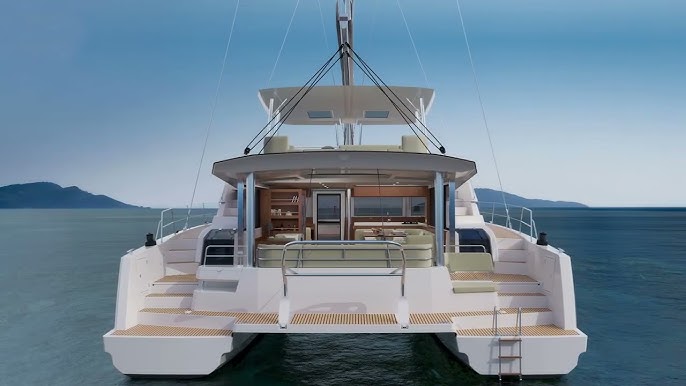If you’ve been researching catamarans—whether to charter, cruise full-time, or even buy—you’ve probably seen the same names pop up over and over: Lagoon, Leopard, Fountaine Pajot, Bali. These are the staples of charter fleets across the Caribbean, the Med, and now even Baja. Why? Because they’re comfortable, spacious, and easy to handle—exactly what most vacationers and newer sailors want.
At Ventana Travel, we work with a wide range of boats, and we’ve seen it all—from the best charter-friendly builds to high-performance bluewater machines. There’s no one-size-fits-all when it comes to catamarans. The key is understanding what type of sailing you want to do—and picking the right tool for the job.
The Beauty of Charter Cats
Lagoon, Bali, FP, and Leopard models dominate the charter space for good reason:
-
🛋️ Comfortable layouts with wide saloons, flybridges, and spacious cabins
-
🍹 Perfect for entertaining at anchor or cruising short passages
-
⚓ Reliable systems for seasonal charters, low maintenance, and ease of use
-
💰 Affordability compared to custom or boutique brands
If you’re dreaming of a week hopping Greek islands, or a winter escape through Southern Baja (like on our Ultimate Catamaran Charter in Southern Baja), these boats are absolutely perfect. They’re floating beach condos—fun, safe, and accessible.
But What If You Want to Go Further?
If your dreams include bluewater crossings, circumnavigation, or living off-grid for months at a time, you might want to look beyond the charter world. Brands like:
-
Outremer
-
Balance
-
HH
-
Windelo
-
Seawind
-
C-Cat
-
ITA
…are designed with performance and resilience in mind. These are boats that sail faster, point higher, and handle rougher conditions with ease. They’re usually made with epoxy or carbon, weigh significantly less, and prioritize solar and lithium capacity over flybridge space.
But they’re not cheap—and they’re not always as “homey” as their charter cousins.
So Which Catamaran Is Best for You?
That depends on your mission:
-
Charter vacations, island-hopping, or seasonal sailing? Stick with Lagoon, Bali, or Leopard. They’re fun, easy, and readily available in places like La Paz, Greece, or the BVIs.
-
Full-time liveaboard, crossing oceans, or sailing remote regions? Consider upgrading to a higher-end performance cat that’s built for long-term reliability and serious miles.
Better yet? Try before you buy. Charter a few different boats and see what you like. You might love the flybridge life—or discover that you’re craving daggerboards and carbon masts.
At the end of the day, it’s not about “good vs. bad” boats—it’s about the right boat for the right adventure.
Whether you’re planning your next charter vacation in Baja or dreaming of that big crossing someday, we’re here to help. Explore our experiences and custom catamaran trips at ventanatravel.com, or get inspired by our blog on sailing in Southern Baja.






